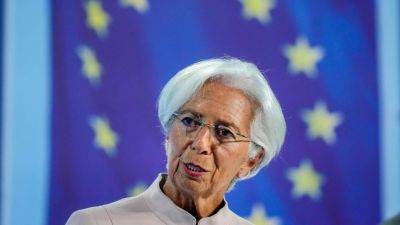Oil at $100 Is Too High, Even for Energy Companies
Rising oil prices are, generally speaking, wonderful for companies that pump it out of the ground. But only up to a point. Crude near $100 a barrel might be an unattractive price for everyone involved.
After spending most of this year below the $90/barrel mark, the global benchmark Brent price edged above that threshold in early September after Saudi Arabia and Russia said they would extend voluntary oil production cuts through the end of the year. Now even some bearish analysts are forecasting that it could hit triple digits, at least briefly. While shares of oil and gas producers mostly moved in lockstep with the price of oil over the past year, that relationship has tellingly broken down.
Since Sept. 8, when Brent crude closed above $90 a barrel, oil prices have risen by another 2.6%, while an index of oil producers has declined 5.3%. The index’s pullback could be a natural breather after heady growth since 2021, but there is good reason for energy investors to think less is more.
One reason for caution is high prices’ impact on demand. Generally speaking, oil prices above $100 a barrel tend to be motorists’ pain point, spurring some to drive less. In June and July 2022, when Brent crude prices averaged roughly $110 a barrel, gasoline demand in the U.S.—the biggest consumer of oil—fell 4.1% compared with the same period a year earlier when prices had a $70 handle.
The year-over-year gap in gasoline demand narrowed in the following months as oil prices fell. And Americans might soon have new reasons to feel frugal. In August, American households making $50,000 to $100,000 a year had about 50% more in their savings and checking accounts than prepandemic levels, down from an excess of nearly 100%, according to the Bank
. Read more on livemint.com























